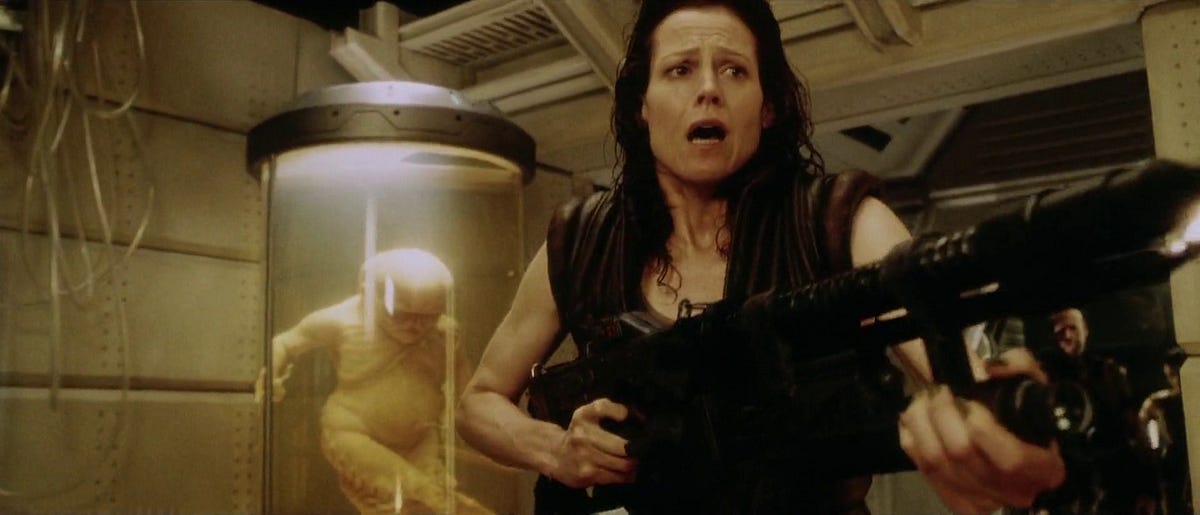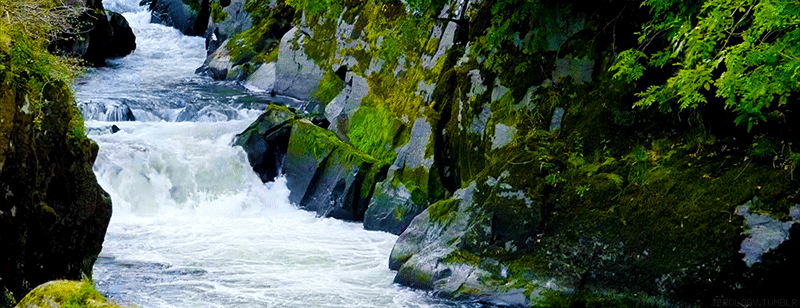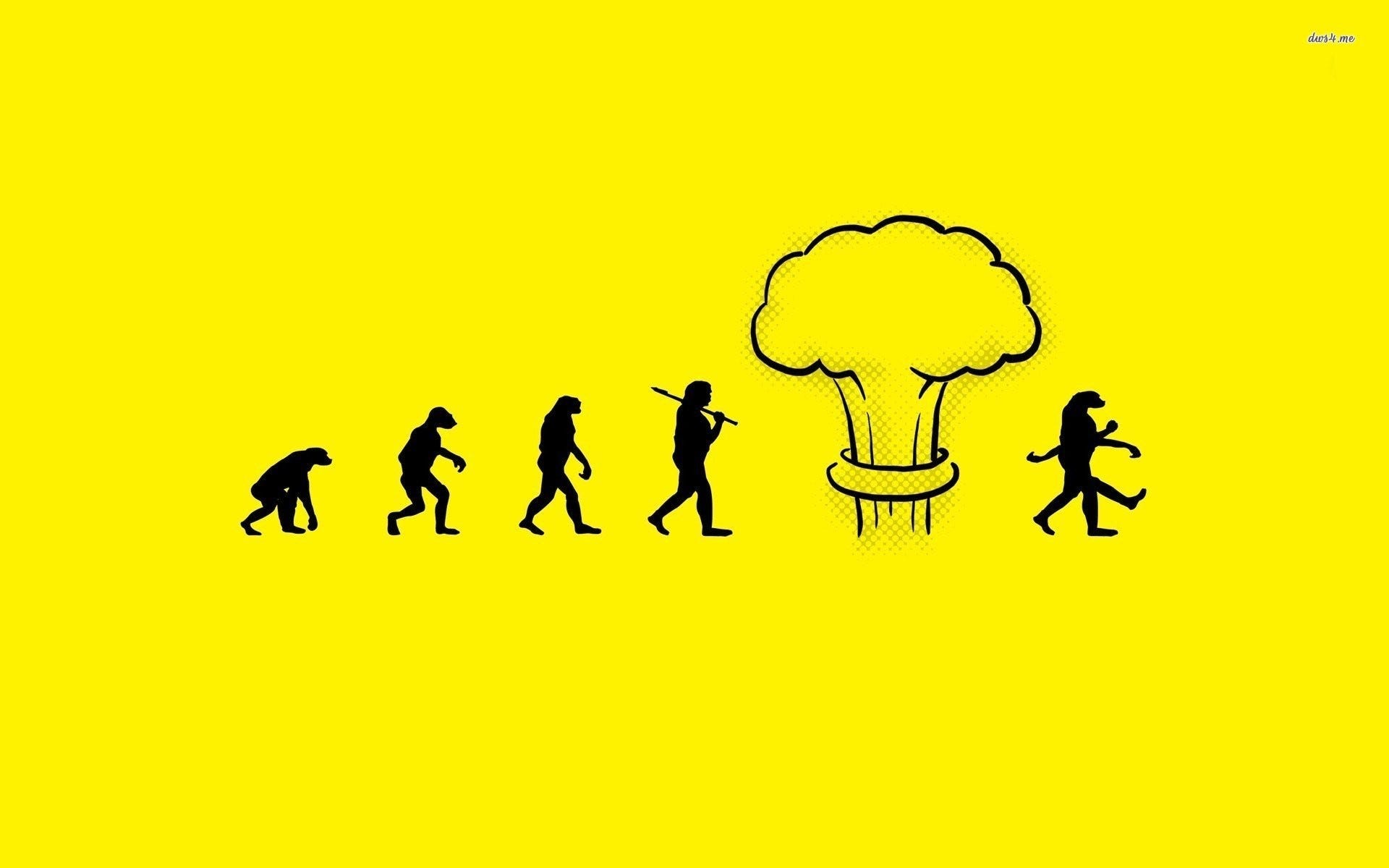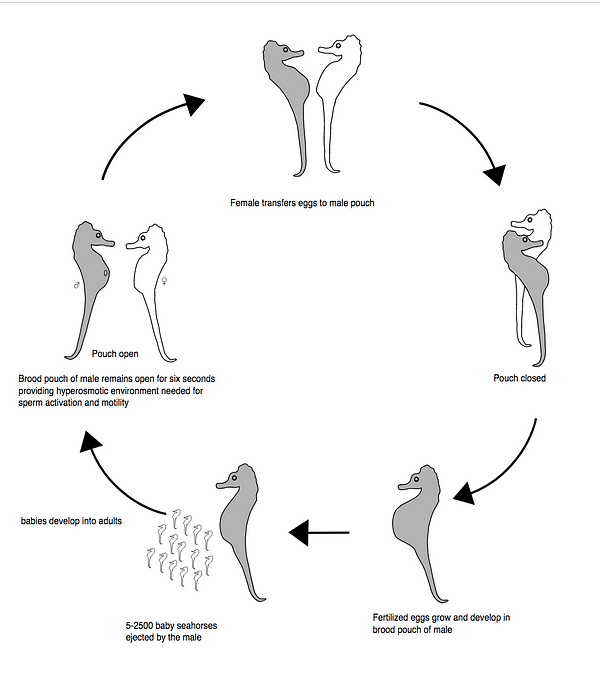
“ In a universe of electrons and selfish genes, blind physical forces and genetic replication, some people are going to get hurt, other people are going to get lucky, and you won’t find any rhyme or reason in it, nor any justice.” — Richard Dawkins
The first time I contemplated iterations was after I saw the 1997 sci-fi movie Alien Resurrection. In the movie they perfectly clone the heroine played so brilliantly by Sigourney Weaver. She has the number 8 marked on her arm. In one scene she is horrified to discover a room in which she finds all the previous deformed variants of her clone preserved in glass tubing. The previous seven attempts, deaths, sacrifices which resulted in her success.
This Thursday Thought examines how we must create multiple variations to give ourselves the strongest odds for survival. There will be many casualties, more than there will ever be successes. We will touch on evolution and how natural selection dictates survival of any species. We will look at the similarities between Seahorses and business and ponder why there are many iterations of every species in the ecosystem at any one time.
Business Organisms
Greek philosopher, Heraclitus (born in 544 b.c.) said, “No man ever steps in the same river twice, for it’s not the same river and he’s not the same man.” The meaning I derive is that man is constantly evolving as the river is equally evolving, so you can never step in that same river in the same way ever again. However, we may understand that Heraclitus’ saying suggests the river and the man are two distinct entities, but what if they were the same entity? What if they were two sides of the same coin?
“The organism is not the puppet of the environment, nor is the environment a puppet of the organism. The relation is transactional.” — Alan Watts
From my work in and with businesses in the field of organisational transformation, there is one common factor that is often overlooked. In order to change the environment, you must also change the organisms which inhabit that environment. Because many business leaders start by trying to change the environment in order to change the individual, the majority of transformation efforts fail.
You can never change business models before first changing mental models.
For change happen we must undergo a personal change. We must change how we think. We must revisit our relationship with change, with how we work, with what even constitutes work and especially with the way business perceives failure.
Do you punish your people for trying and failing or do you punish them for failing to try?
Survival of the Fittest
“The chicken is only an egg’s way for making another egg.” — Richard Dawkins
The business environment is constantly changing and we are also changing in parallel. This means there are a lot of variables with which to craft any solid strategic direction. It is difficult to establish a static platform from which to launch.
It is especially difficult for long standing organisations to succeed with transformation programmes. Established companies have been around for a long time, so that means they have had a long period of time to evolve through selection pressure. If our mental models do not evolve in line with the speed of the business environment, we become wedded to the way things were done. This is where success can be our enemy and succeed breeds corporate complacency.
The manner in which evolution deals with the constantly changing environment is to support a on-going ecological A/B test. In this way, species release iterations of themselves that might survive. Meanwhile he species expects most of them to perish. The lucky variants that do survive then become the propagators of tomorrow’s ever-more evolved and improved species. Mature organisations often perish when they settle for the variant that has survived. They stop iterating. They stop evolving.
EVERYTHING HAS A DECAY RATE. Everything regenerates eventually. When you accept that regeneration is your inevitable destination, then the only option is to evolve. You must give yourself the best odds for success, you need to breed many iterations, because many iterations means more chances for survival.
To illustrate this further let’s look at the reproductive behaviour of the Seahorse.
Are you a Seahorse Business?
Seahorses
With seahorse, sexual role reversal takes place. The male seahorse is equipped with a reproductive pouch on the front-facing side of his tail. Into this pouch, the female seahorse deposits up to 1,500 eggs.
The number of young released by the male seahorse averages 100–1000 for most species, but may be as low as 5 for the smaller species, or as high as 2,500.
Note that this analogy of 5 for a smaller species may suggest the investment in evolution that may be appropriate for a smaller organisation. Equally, the investment in evolution should be proportionate to the size of a larger organisation. The larger the business, the more the investment, this “investment” should NOT BE sandbagged to fill inevitable dips in business-as-usual financial reporting.
During the breeding season, after a gestation period of 9 to 45, the male will often mate again within days or even hours. Seahorse do not rest on their laurels, it is evolution as usual straight away after successful reproduction. The more variants, the more chance of survival.
This is clearly a numbers game. We need deaths to evolve. Iterations make us better, more honed, more evolved, more likely to survive. What needs to change is our mindsets. We have been socialised to associate failed iterations with failure. When failures are reframed as steps closer to the best version, that changes how we think about iterations. Iterations work in ecological evolution, we need to make them commonplace in our business evolution.
In his epic work “A Brave New World”, Aldous Huxley famously wrote about using every tool available to mankind in order to create a better world for mankind. If we live in a society where the most evolved survives, then we need to have visibility of all the tools available. Many many organisations are only working with a fraction of the toolbox. What if they had more tools at their disposal?
In a physical realm we have not even explored all the possible variations for survival. In a digital realm those variations become endlessly more. In a physi-digital realm, the possibilities become infinite. On this week’s I have the pleasure of sharing the work of B. Joseph Pine II and Kim C. Corn. In their framework of the Multiverse, they present us with a map for infinite possibilities, so that businesses and organisms can thrive into the future. We explore their book “Infinite Possibility: Creating Customer Value on the Digital Frontier” and how organisations can find infinite variations for business evolution.
We talk:
The Experience Economy
The 8 realms of the Multiverse
Augmented Reality, Virtual Reality
How Businesses can compete
How we can use the Framework for Purpose
Have a Listen:
Soundcloud https://lnkd.in/gBbTTuF
Spotify http://spoti.fi/2rXnAF4
iTunes https://apple.co/2gFvFbO
Tunein http://bit.ly/2rRwDad
iHeart http://bit.ly/2E4fhfl
More about Kim and Joe below:
https://strategichorizons.com/
Book on Amazon



